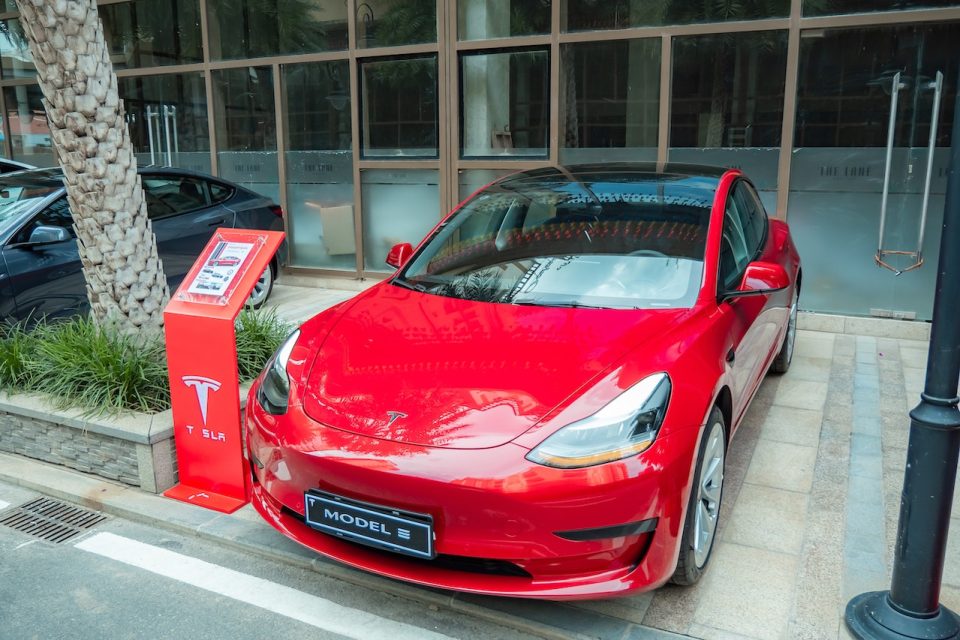In a groundbreaking move poised to revolutionize the electric vehicle (EV) industry, Tesla has amalgamated an innovation aimed at drastically reducing production costs. This development, known to five informed sources, could be a pivotal step towards Elon Musk’s ambition of halving production expenses.
Tesla, renowned for its pioneering techniques, introduced the “gigacasting” process employing colossal presses exerting 6,000 to 9,000 tons of clamping pressure to mold the front and rear structures of its Model Y. This process substantially reduced production costs, putting competitors on the back foot.
The sources reveal that Tesla is on the cusp of a new innovation that would enable the die-casting of nearly the entire complex underbody of an EV in a single piece, a stark departure from the approximately 400 parts in a traditional vehicle. This advancement is central to Tesla’s “unboxed” manufacturing strategy, unveiled by CEO Elon Musk in March, a linchpin in his endeavor to produce tens of millions of cost-effective EVs in the coming decade while maintaining profitability.
While Tesla has outlined its “unboxed” model as creating large sub-assemblies concurrently and assembling them, the specifics of the modular blocks remain speculative.
President of U.S. engineering firm Caresoft Global, Terry Woychowski, emphasized the potential industry disruption, stating, “It is an enabler on steroids. It has a huge implication for the industry, but it’s a very challenging task.”
According to two sources, Tesla’s newly disclosed design and manufacturing methods could condense the development of a car from inception to 18 to 24 months, a significant leap compared to rivals’ three to four-year timelines.
The possibility of employing a single large frame, encompassing front and rear segments with the central underbody housing the battery, for Tesla’s forthcoming small EV, projected to launch with a $25,000 price tag by mid-decade, is under consideration. A decision on this die-casting approach is anticipated this month.
The monumental achievement hinges on the intricate design and mass production of molds for such large components. This involves cutting-edge 3D printing and industrial sand techniques, developed collaboratively across Britain, Germany, Japan, and the United States.
While manufacturers have been hesitant to cast ever-larger structures due to the associated costs and risks, Musk’s vision was steadfast in achieving a unified underbody despite the challenges.
To surmount these obstacles, Tesla engaged firms specializing in 3D-printed industrial sand molds. Using digital design files, these molds are created layer by layer, allowing for molten alloys to be cast. This process substantially minimizes costs, with design validation through sand casting being only 3% of that with a metal prototype.
Despite the flexibility gained in the design process and the complexity of the large frames, challenges remained in meeting Tesla’s criteria for crashworthiness. This was resolved through specialized alloy formulations and precise cooling processes.
The sources emphasized that Tesla’s forthcoming smaller EV, designed for personal and robotaxi use, offers an ideal opportunity for casting an EV platform in one piece due to its simplified underbody.
However, the choice of gigapress would determine the complexity of the car frame. To expedite the production of such sizable components, Tesla would require larger gigapresses with clamping powers exceeding 16,000 tons, potentially necessitating expanded factory facilities.
The utilization of a distinct type of press, accommodating slow alloy injection, could potentially address these challenges. Nevertheless, this method is time-consuming.
As one source pointed out, “Tesla could still choose high-pressure for productivity, or they could choose slow alloy injection for quality and versatility. It’s still a coin toss at this point.”
The latest innovation by Tesla in EV production marks a monumental leap forward, not only in reducing costs but also in reshaping the industry’s manufacturing landscape. With the potential to revolutionize how electric vehicles are made, Tesla’s strides in unboxed manufacturing and die-casting techniques solidify its position as a pioneer in the EV market.
Source: Reuters

